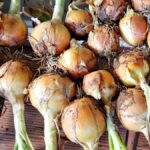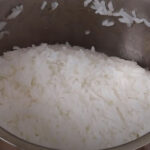Have you ever found yourself with an abundance of food that you’ve either purchased for future use or produced yourself, but are unsure how to store it effectively and economically? Well, look no further! The following tips will help you preserve your food while saving you money. You won’t need to spend a fortune on storage equipment, and you’ll also reduce food waste.
1. Store in a Cool, Dark Place, Such as a Basement or Pantry
Storing food at room temperature is an easy and cost-effective option. Opt for dry, cool areas like a basement or a dark, well-ventilated corner. Keep foods such as potatoes, carrots, turnips, garlic, and apples in these areas. This method saves you money on extra storage containers and fridge space.
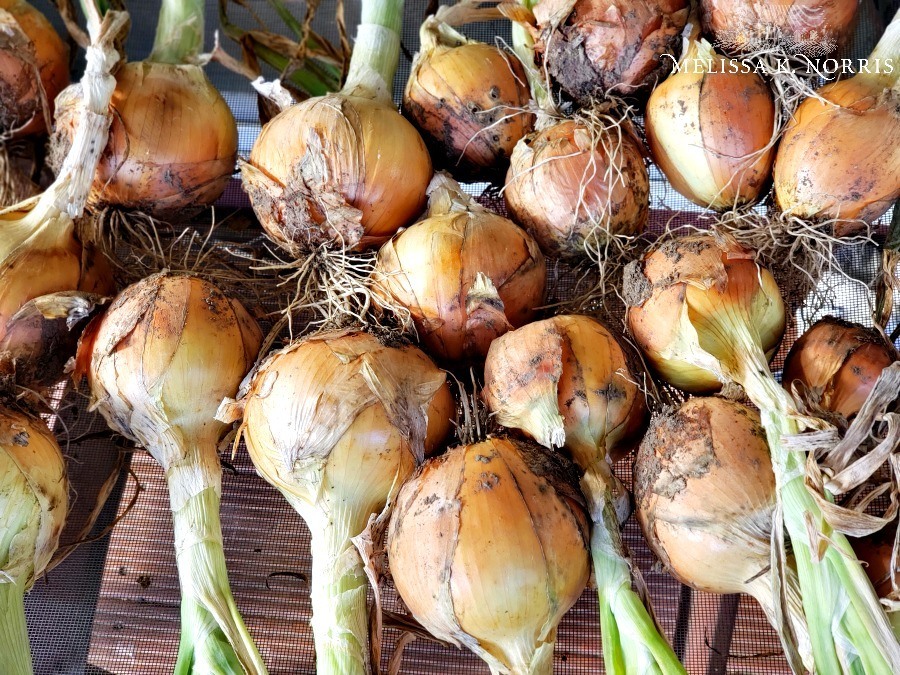
2. Reuse Any Plastic or Glass Containers for Dry Food Storage
There’s no need to spend a fortune on expensive storage containers. Simply reuse any safe plastic or glass jars or containers you have at home for dry food storage. This helps you save money and keep your space organized.
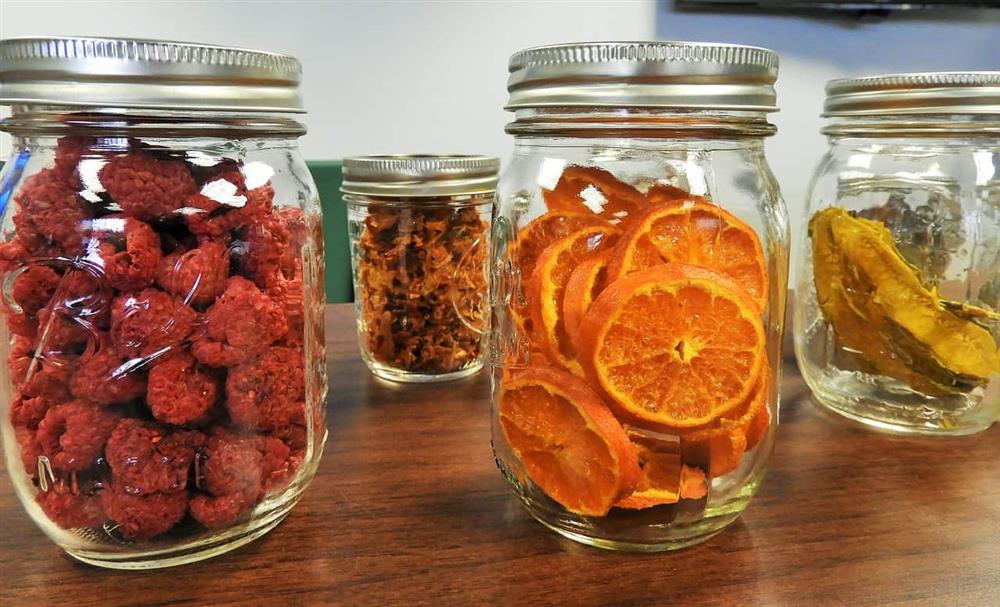
3. Dehydration
Dehydration is one of the oldest and longest-lasting food preservation methods. You can dehydrate foods using a dehydrator or by sun-drying them. Fruits, vegetables, fruit peels, meats, and fish are all suitable for this method. After dehydration, simply store them in ziplock bags or containers at room temperature, which is a very economical option.
If you freeze dehydrated foods, they will last even longer, with the timeframe depending on the type of food.
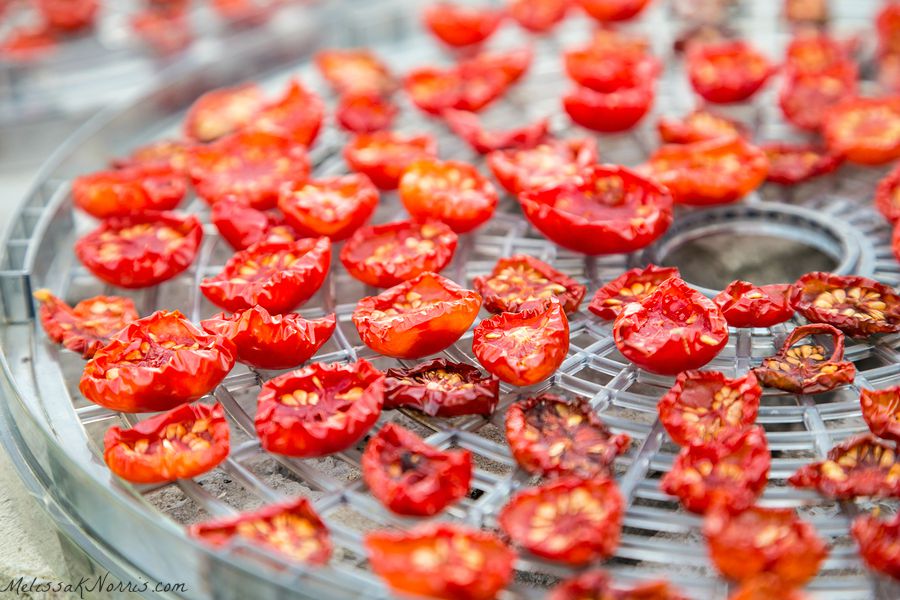
4. Freezing
Freezing is a great way to preserve food for an extended period, typically between 3 to 6 months or even longer, depending on the type of food. You’ll need a freezer and some freezer-safe storage bags or containers. Almost any type of food, from raw to cooked, and from meat to vegetables, can be frozen.
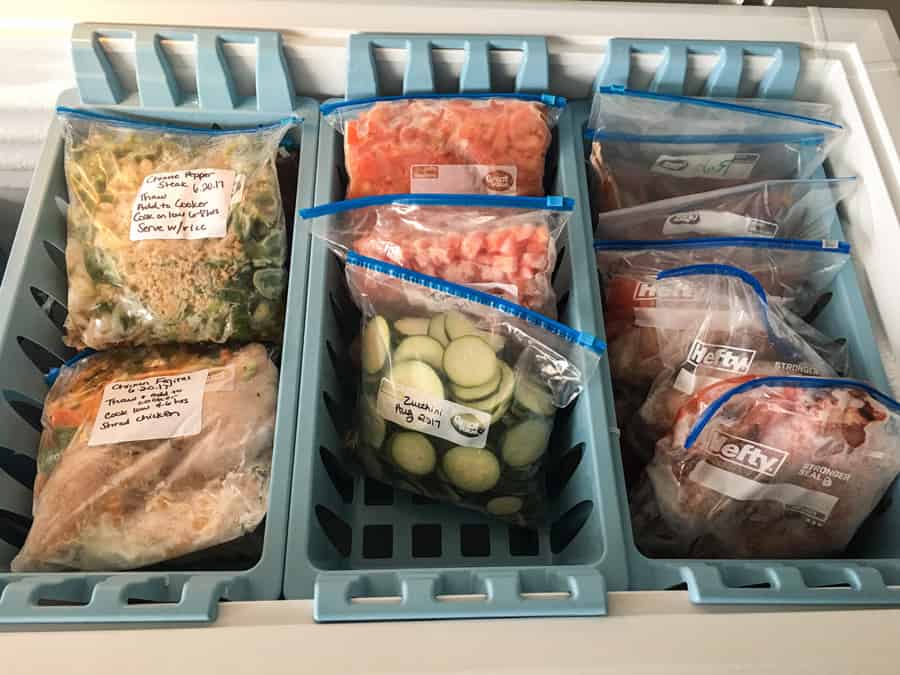
5. Fermentation
Fermentation is a traditional and safe preservation method that adds new flavors to your meals. You can reuse glass jars of any size to ferment foods, which is a cost-effective option.
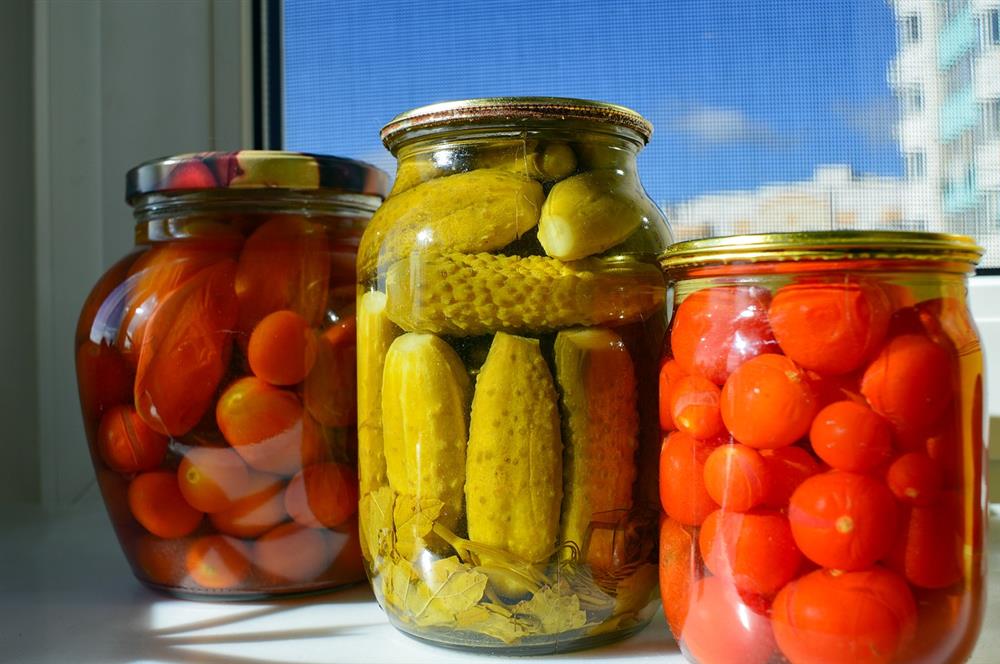
6. Soaking in Alcohol
Alcohol is an ideal environment to inhibit bacterial growth, and it can preserve food for a very long time, often years.
This method is perfect for high-acid fruits or for making extracts. It helps you utilize fresh produce that you might not otherwise use, and it creates delicious drinks and foods for your family.
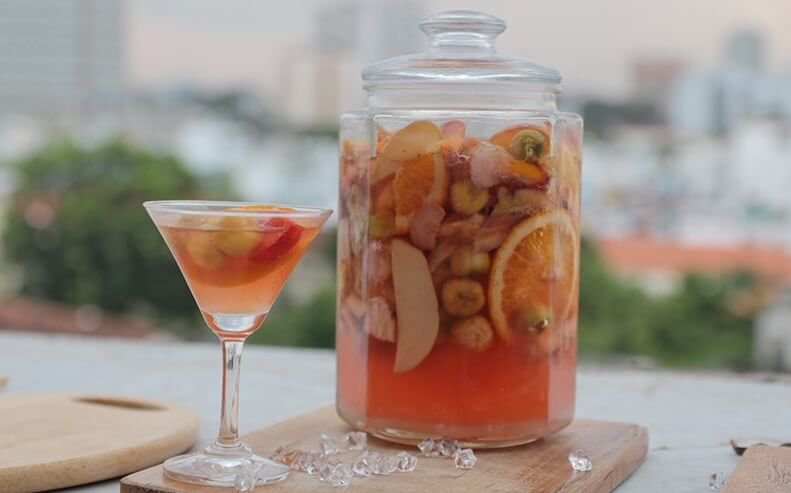
7. Make Vinegar from Scraps
You can make cooking vinegar from leftover food and unused fruits. People around the world make vinegar from various ingredients, including coconut water, sugarcane juice, apples, oranges, and bananas. This method helps you make the most of your leftovers and saves you money on cooking vinegar.
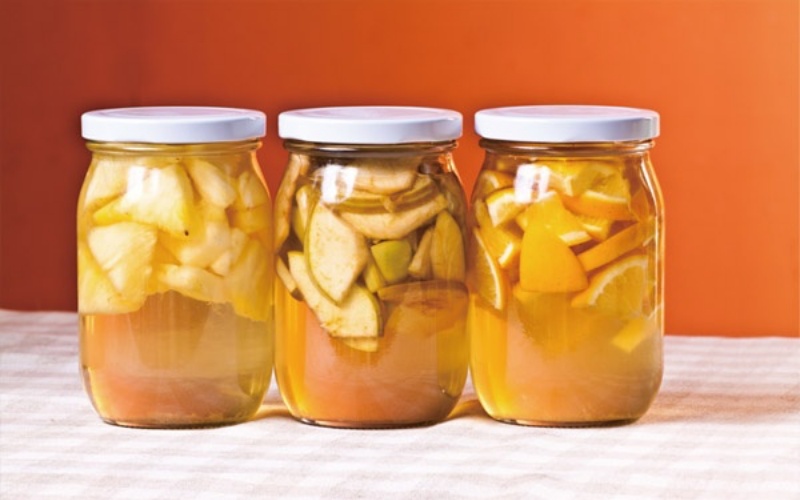
Source: Nhịp Sống Việt
“The Ultimate Guide to Making Crème Brûlée with Just 2 Household Ingredients”
Creating your own mosaic tiles at home is a fun, convenient, and cost-effective way to add a unique and personalized touch to your space. With a bit of creativity and some simple tools, you can transform everyday materials into stunning mosaic masterpieces. So, roll up your sleeves and get ready to embark on a rewarding DIY journey that will leave you with a sense of accomplishment and a beautiful work of art to adorn your home.

























